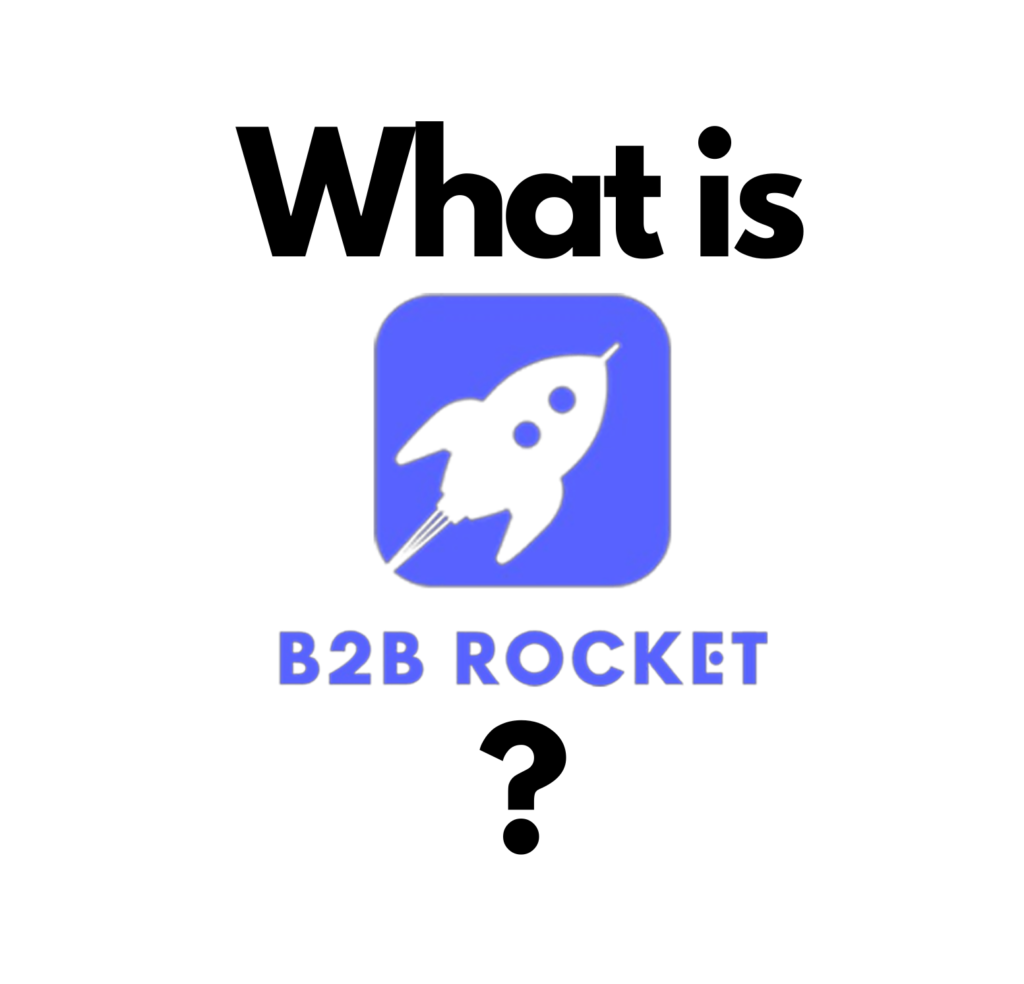Growing Your Business with a LinkedIn Marketing Agency

+(305) 900-5905 [email protected] Mon – Fri: 9:00 – 18:30 Let´s chat! Facebook-f Twitter Linkedin Instagram Among the various social media platforms available, LinkedIn has emerged as a powerhouse for professional networking, brand visibility, and targeted lead generation. However, navigating LinkedIn’s vast potential can be daunting for many businesses, especially when you might not have the […]
Law Firm Search Engine Optimization: A Primer

+(305) 900-5905 [email protected] Mon – Fri: 9:00 – 18:30 Let´s chat! Facebook-f Twitter Linkedin Instagram In the digital age, having a solid online presence is paramount for any business, especially law firms. With most people turning to search engines to find trustworthy legal services, it’s crucial that your law firm’s website appears near the top […]
Is TikTok Banned in America? Here’s What You Need to Know

+(305) 900-5905 [email protected] Mon – Fri: 9:00 – 18:30 Let´s chat! Facebook-f Twitter Linkedin Instagram Recently, the House of Representatives threw a curveball that’s got everyone buzzing: a bill that could potentially ban TikTok in America. Yeah, you read that right. The home of endless scrolling, viral dances, and where we all learned to make […]
What is B2BRocket? How to Put Prospect Engagement on Autopilot

+(305) 900-5905 [email protected] Mon – Fri: 9:00 – 18:30 Let´s chat! Facebook-f Twitter Linkedin Instagram Too often, manual prospect engagement is an inefficient method of finding new clients for your business. You could reach out to maybe a hundred people that suit your ideal client profile only to receive exactly zero return for your effort, […]
Digital Marketing for Law Firms — What Works (and What Doesn’t)

+(305) 900-5905 [email protected] Mon – Fri: 9:00 – 18:30 Let´s chat! Facebook-f Twitter Linkedin Instagram Digital marketing for law firms is a cornerstone of success in an always-online world, offering avenues to reach and engage with potential clients like never before. However, not all strategies yield the same results. In this blog, we’ll explore what works—and […]
The Ethics of ChatGPT Essay Writing — Is It Plagiarism?

+(305) 900-5905 [email protected] Mon – Fri: 9:00 – 18:30 Let´s chat! Facebook-f Twitter Linkedin Instagram Artificial intelligence has been man’s best friend these past couple years. It speeds up and simplifies the most inane of tasks so that you can get more done with less time and less eyestrain. What’s not to love? Well, plagiarism, […]
Pay Per Lead Marketing – What You Need to Know

+(305) 900-5905 [email protected] Mon – Fri: 9:00 – 18:30 Let´s chat! Facebook-f Twitter Linkedin Instagram Marketing is a delicate dance of effectiveness versus cost. The numbers need to make sense before you plan on investing heavily in any given marketing. One approach that stands out for its cost efficiency and effectiveness is Pay Per Lead […]
AI Agents: The Future of B2B Lead Generation

+(305) 900-5905 [email protected] Mon – Fri: 9:00 – 18:30 Let´s chat! Facebook-f Twitter Linkedin Instagram Lead generation is the heartbeat of any successful business, but for B2B companies, it’s especially complicated. Businesspeople are busy, and you have to hit them at exactly the right time to get their attention. Your team could spend hours manually […]
How to Prioritize Like a Pro In a World of Distractions

+(305) 900-5905 [email protected] Mon – Fri: 9:00 – 18:30 Let´s chat! Facebook-f Twitter Linkedin Instagram In a world filled with constant demands and distractions, with limited time and numerous distractions like your phone and an endless stream of emails, the ability to identify and focus on what truly matters is a necessary skill if you ever […]
How to Maximize Prospect Engagement with an AI Scheduling Assistant

+(305) 900-5905 [email protected] Mon – Fri: 9:00 – 18:30 Let´s chat! Facebook-f Twitter Linkedin Instagram The key to sustainable growth lies in the scalability of your outreach efforts. The challenge remains in finding, nurturing, and converting prospects efficiently. To address this pain point, businesses are increasingly turning to cutting-edge AI tools, including the revolutionary AI […]